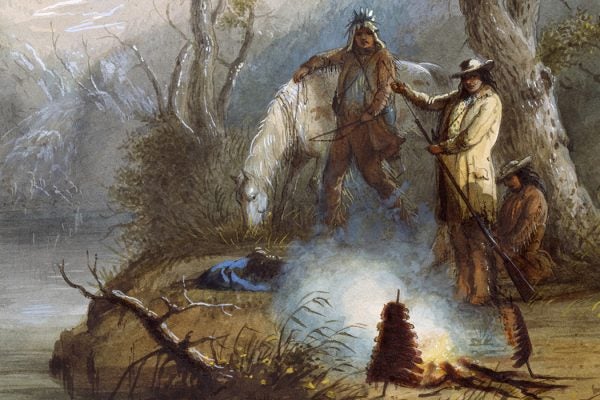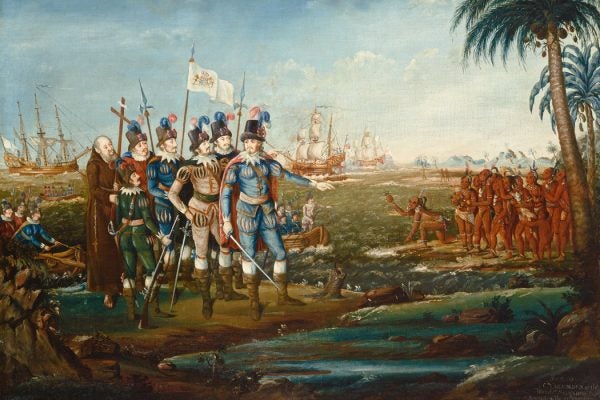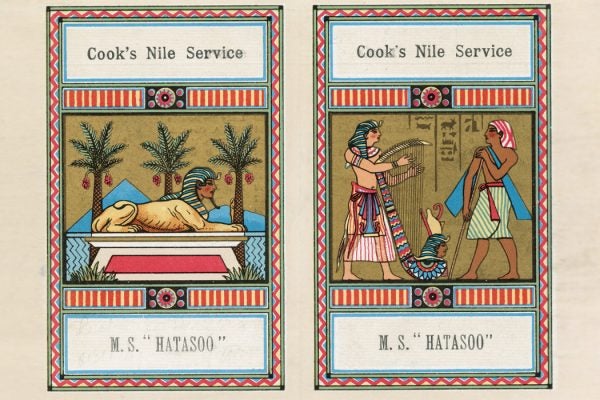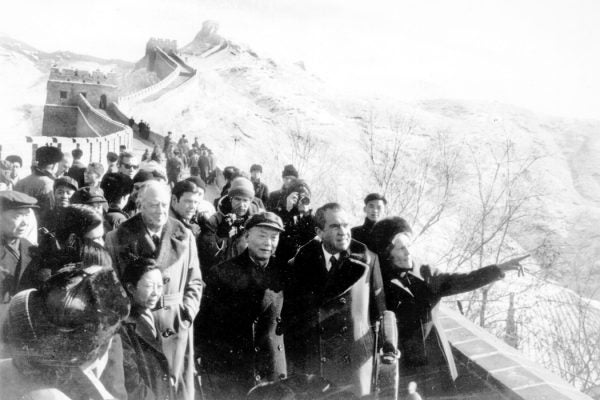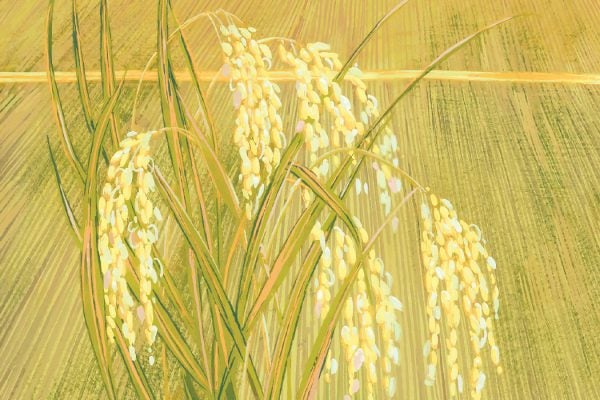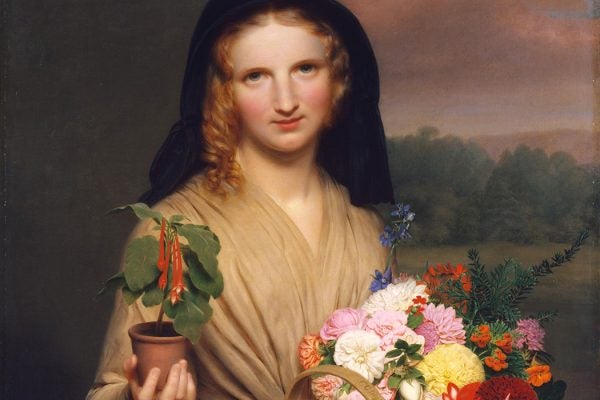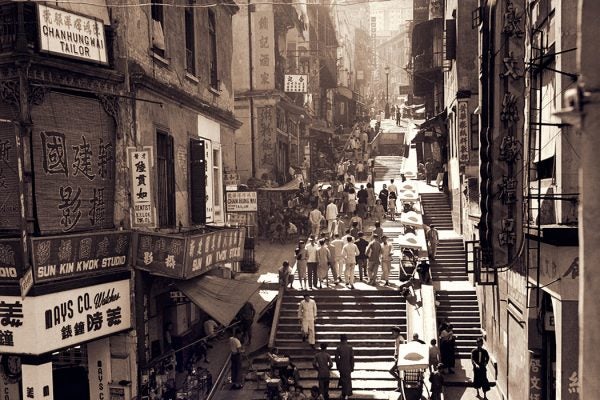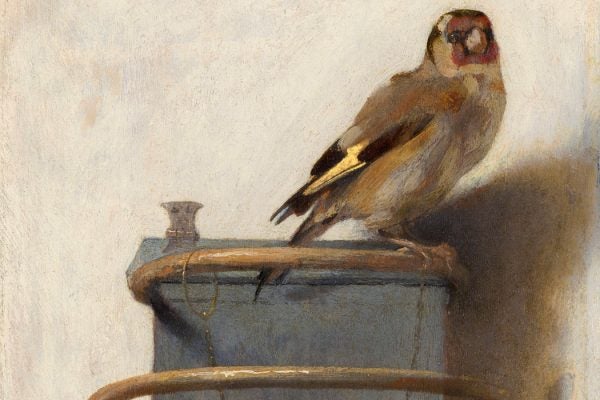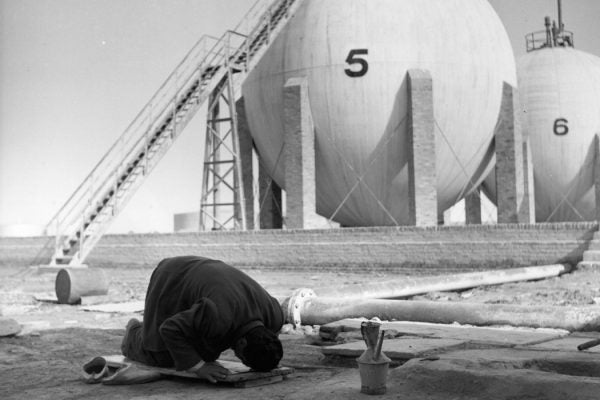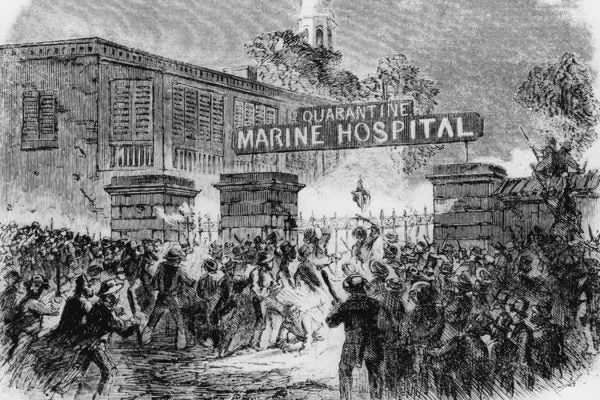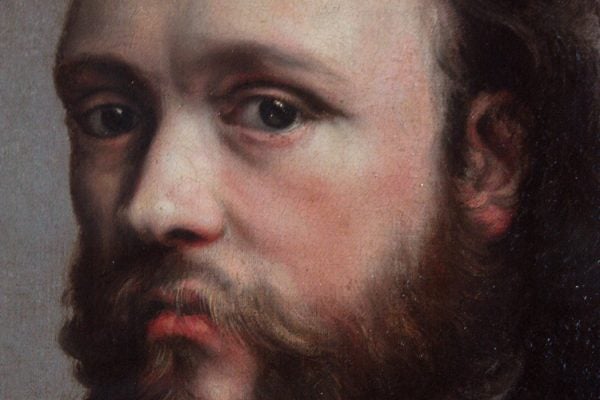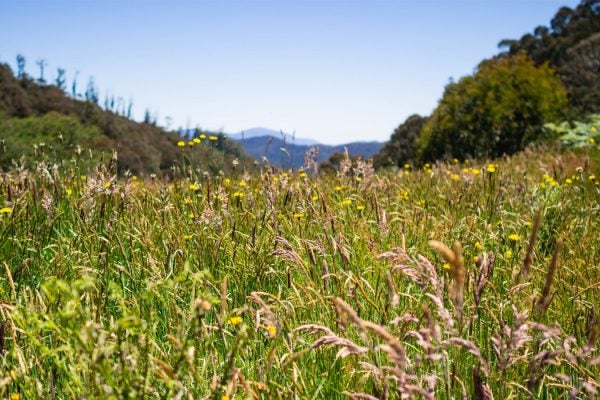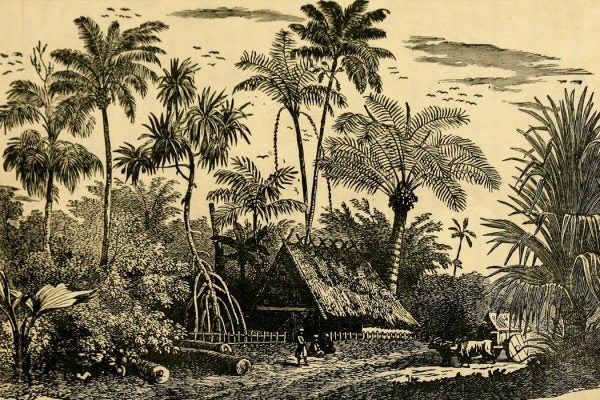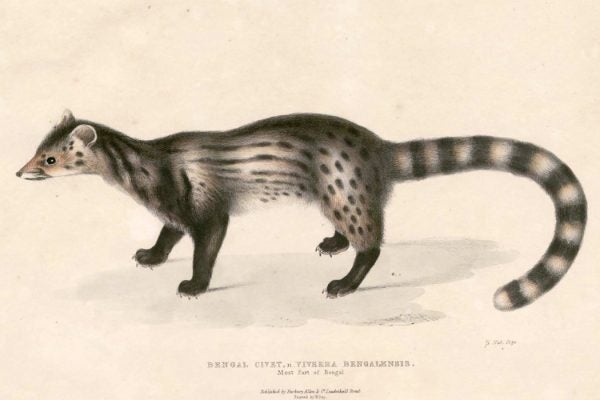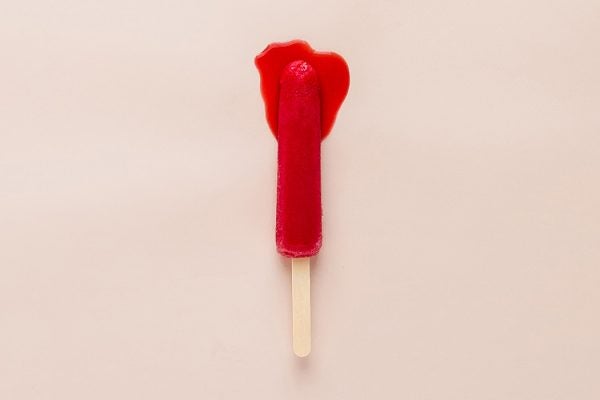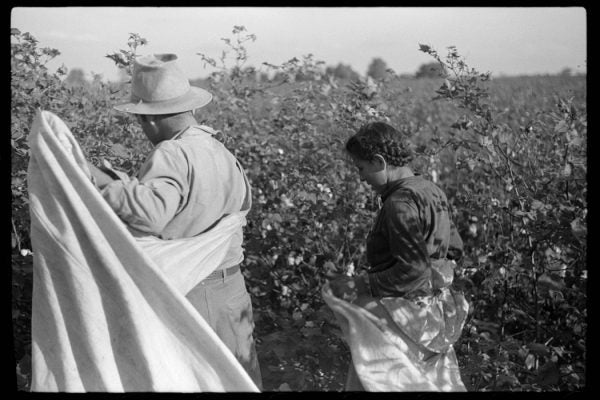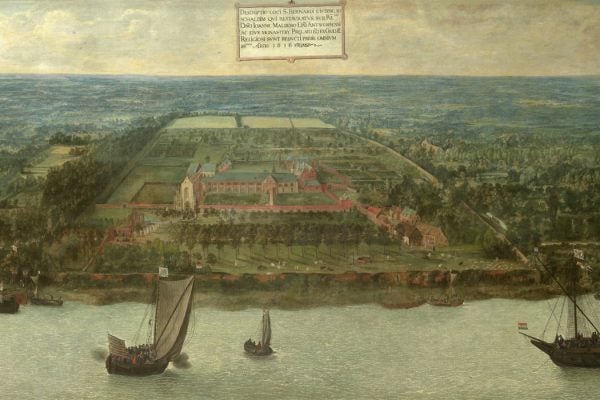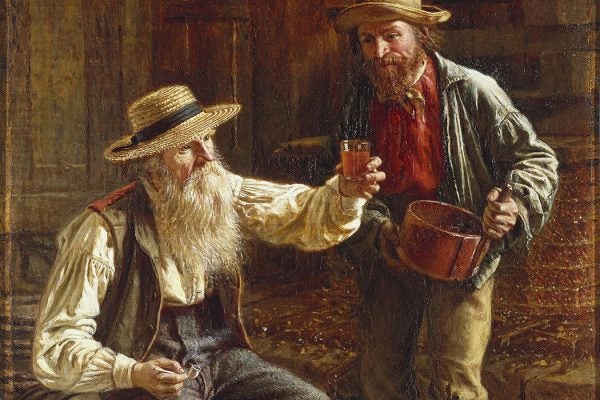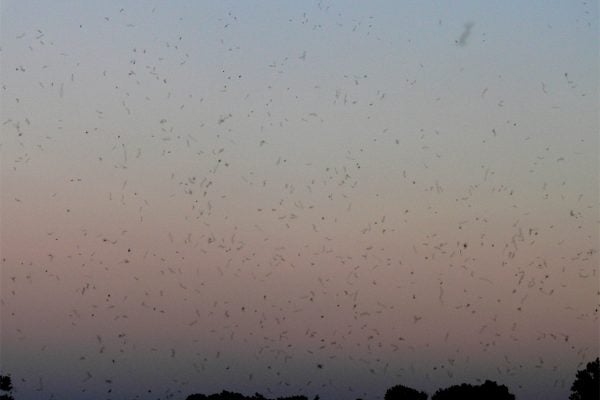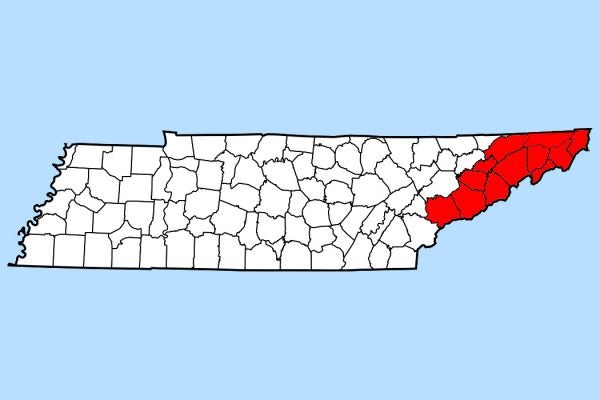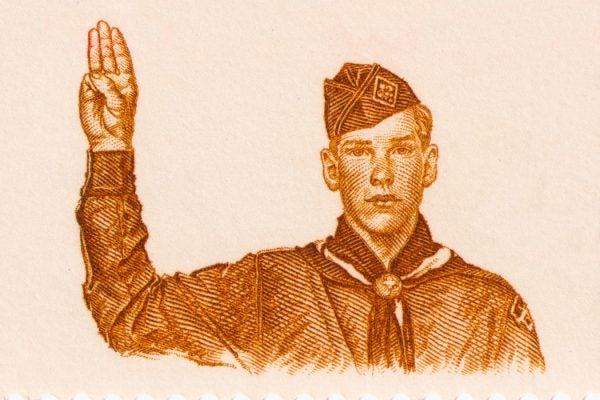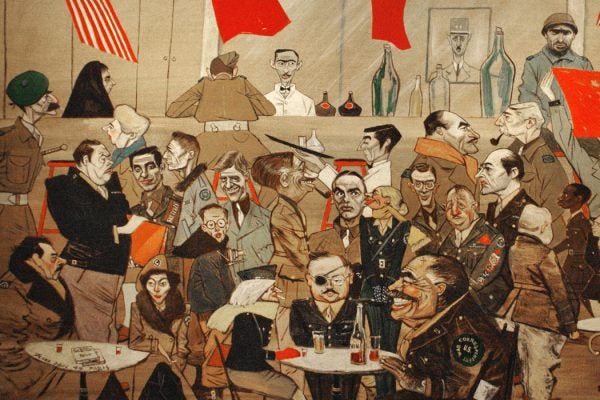The Case of the Thinning Eggshells
How the proliferation of pesticides like DDT almost undid the Peregrine falcon.
The Columbian Exchange Should Be Called The Columbian Extraction
Europeans were eager to absorb the starches and flavors pioneered by the indigenous peoples of the Western Hemisphere.
A “Cook’s Tour” of Imperialism
Thomas Cook and Son Ltd. pioneered middle class tourism during the Victorian era, when it followed the course of the British Empire.
Why Did Nixon Burn the China Hands?
Nixon targeted Foreign Service officers who served in China in the 1940s as communist sympathizers and "fellow travelers." Then he opened trade relations.
Wild Rice’s Refusal to Be Domesticated
The reality of wild rice defeated the best efforts of Europeans to domesticate it.
When Botany Was for Ladies
In nineteenth century America, young women took to studying botany—a conjoining of interest, social acceptance, and readily available schooling.
Hong Kong Was Formed as a City of Refugees
The story of Hong Kong, one of the most densely populated places on Earth, can't be separated from its international situation.
The Rise and Fall of the Pet Bird
Pet birds were considered ideal role models for middle-class life.
The Jim Crow Roots of the U.S.-Saudi Arabia Relationship
Americans started pouring into Saudi Arabia in the 1940s to develop the oil fields. They brought their ideas about segregation with them.
Whistleblowing: A Primer
Are whistleblowers heroes or traitors? It depends who you ask.
When New Yorkers Burned Down a Quarantine Hospital
On September 1st, 1858, a mob stormed the New York Marine Hospital in Staten Island, and set fire to the building.
The Conservatism of Conservation
Ecological conservation was originally focused on keeping things the way they were, and in that spirit, was closely connected with political conservatism.
The Saltwater Railroad
Throughout the 19th century, enslaved people attempted to escape from the U.S. to the Bahamas, across what became known as the "Saltwater Railroad."
The Strange Case of Daniel Defoe’s Civet Scheme
In the 17th century, these animals were prized for their musk. So when the not-yet-famous writer Daniel Defoe needed quick cash, he turned to civets.
The Beloved, Bedeviled Banana
The Cavendish banana is currently threatened by a fungal disease. A similar disease all but wiped out its predecessor, the Gros Michel banana.
The Buggy Truth about Natural Red Dye
The slightly disgusting secret ingredient that has historically made food dye, lipstick, and even the cloaks of Roman Catholic cardinals so vibrant.
Early Mexican Immigrants Blurred Color Lines in the Southern U.S.
In the 1920s, Mexican immigrants to the United States challenged the country's notions of who was white and who was not.
The Complex Economics of Medieval Convents
Medieval convents were better funded than many scholars assume, thanks in part to royal patrons sympathetic to the holy women's mission.
The Ancient Roots of Apple Cider
Alcoholic apple cider has been around for centuries. So why does "hard cider" feel like a new trend?
Aeroplankton: The Life in the Air We Breathe
Just as the ocean is full of plankton, the air we breathe teems with microorganisms.
Franklin, the American State that Wasn’t
Franklin was the 14th state of America. If you haven't heard of it, that's because it only lasted for four years.
Boy Scouts and the Phenomenon of “Boyification”
After a series of traumatic wars, the U.K. and the U.S. embraced a trend of "boyification." Scholars theorize it was an attempt to recover lost innocence.
How Janet Flanner’s “High-Class Gossip” Changed America
The journalist's witty Paris Letters for the New Yorker helped establish Americans' feelings of superiority over Europe.


